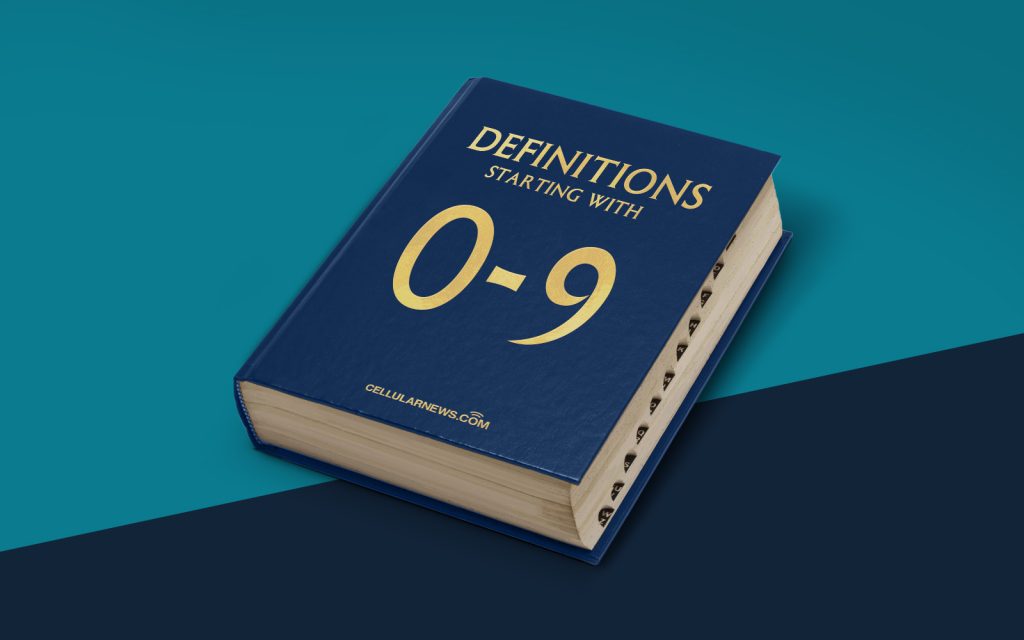
The Fascinating World of 8b/10b Encoding
Welcome to another edition of our “Definitions” category, where we dive deep into the exciting world of technology jargon. In this installment, we unravel the mysteries of 8b/10b encoding. So, buckle up and get ready for an illuminating journey into the world of data transmission!
Key Takeaways:
- 8b/10b encoding is a line coding technique used in data transmission.
- It ensures a balance between data representation and clock synchronization.
Imagine you are sending a song to your friend over the internet. The song is composed of a series of 1s and 0s, representing the audio data. Now, you might think that transmitting these bits is as simple as sending them one by one, right? Well, not quite.
When it comes to sending data, various challenges arise. One of them is the need to balance data representation with clock synchronization. This is where 8b/10b encoding comes into play. It is a clever technique that provides an elegant solution to both challenges simultaneously.
So, what exactly is 8b/10b encoding? In simple terms, it is a line coding technique that converts 8-bit data chunks into 10-bit symbols for transmission. This extra 2-bit overhead might seem counterintuitive at first, but it serves a crucial purpose.
Here’s how 8b/10b encoding works:
- A set of 8-bit binary data is divided into two 4-bit nibbles.
- Each nibble is then encoded separately using lookup tables.
- The encoded nibbles are combined to form 10-bit symbols.
Now, you might wonder why we need these extra bits? Well, the answer lies in achieving a balance between data representation and clock synchronization.
By using an 8b/10b encoding scheme, we can ensure that there is sufficient transition in the transmitted data. This means that the ratio of ones to zeros in the encoded symbols is balanced. This balance enables clock recovery at the receiver’s end, ensuring accurate synchronization.
Moreover, the 8b/10b encoding technique also provides other benefits, such as:
- Error detection: Certain symbol codes are reserved for detecting and correcting transmission errors.
- DC balance: The encoding scheme guarantees that the transmitted data is DC balanced, meaning there is no long-term net voltage or current.
8b/10b encoding is widely used in various communication standards, including Ethernet, as it provides a reliable and efficient way to transmit digital data over physical media.
Next time you send a file over the internet or connect devices through a network, remember the heroes behind the scenes—8b/10b encoding. They ensure that your data stays accurate, synchronized, and reliable throughout its journey.
We hope this article has shed some light on the wonders of 8b/10b encoding. Stay tuned for more enlightening definitions in our “Definitions” category!
